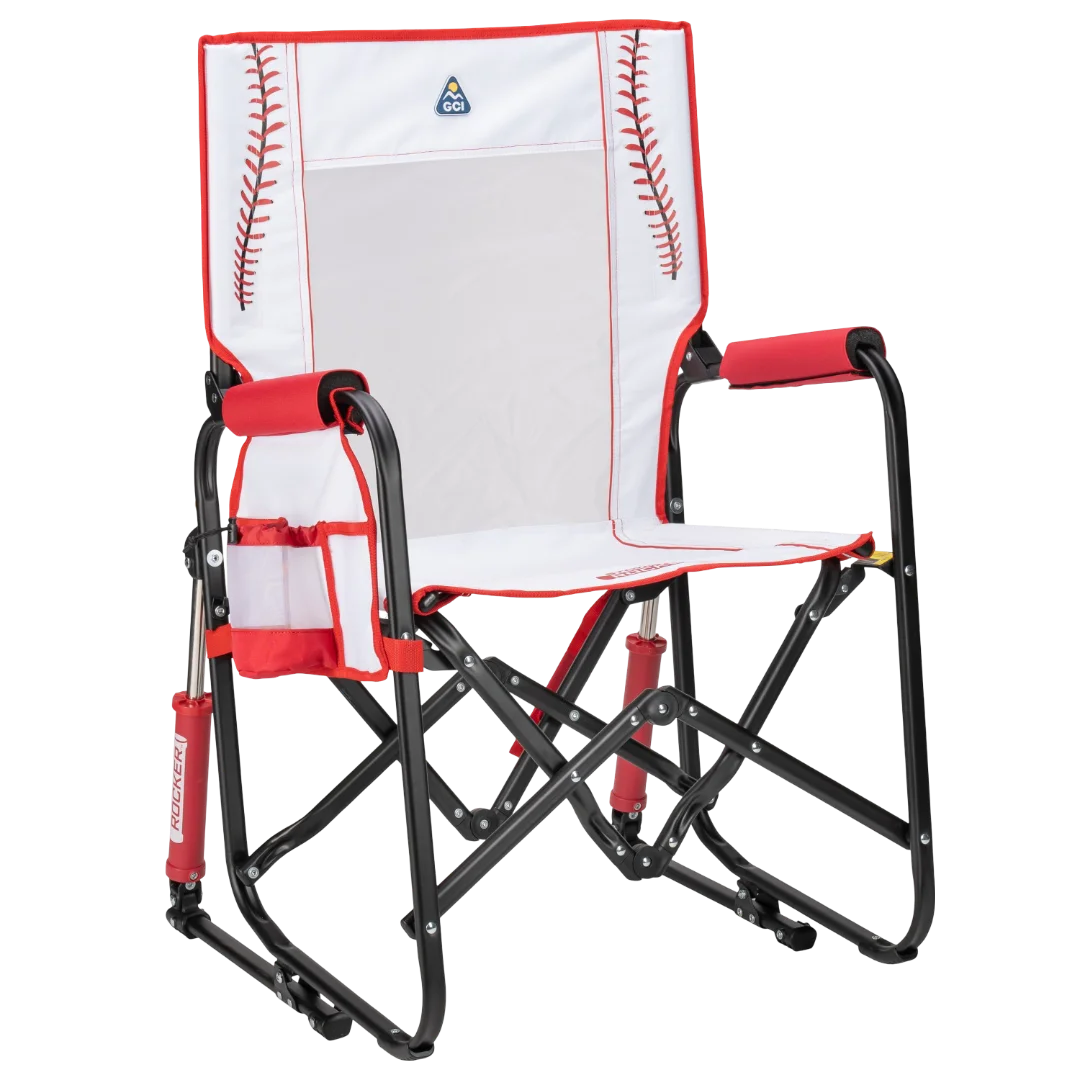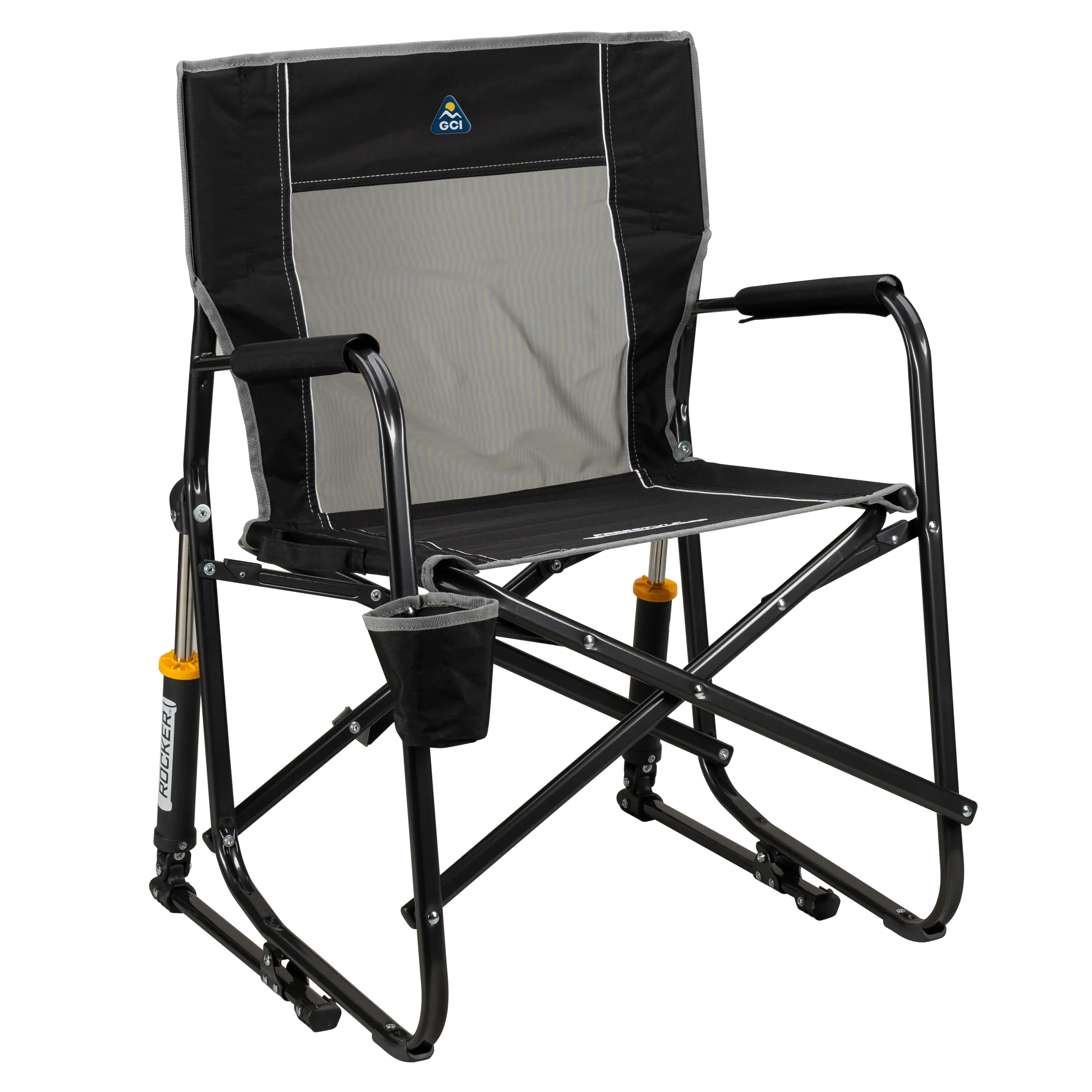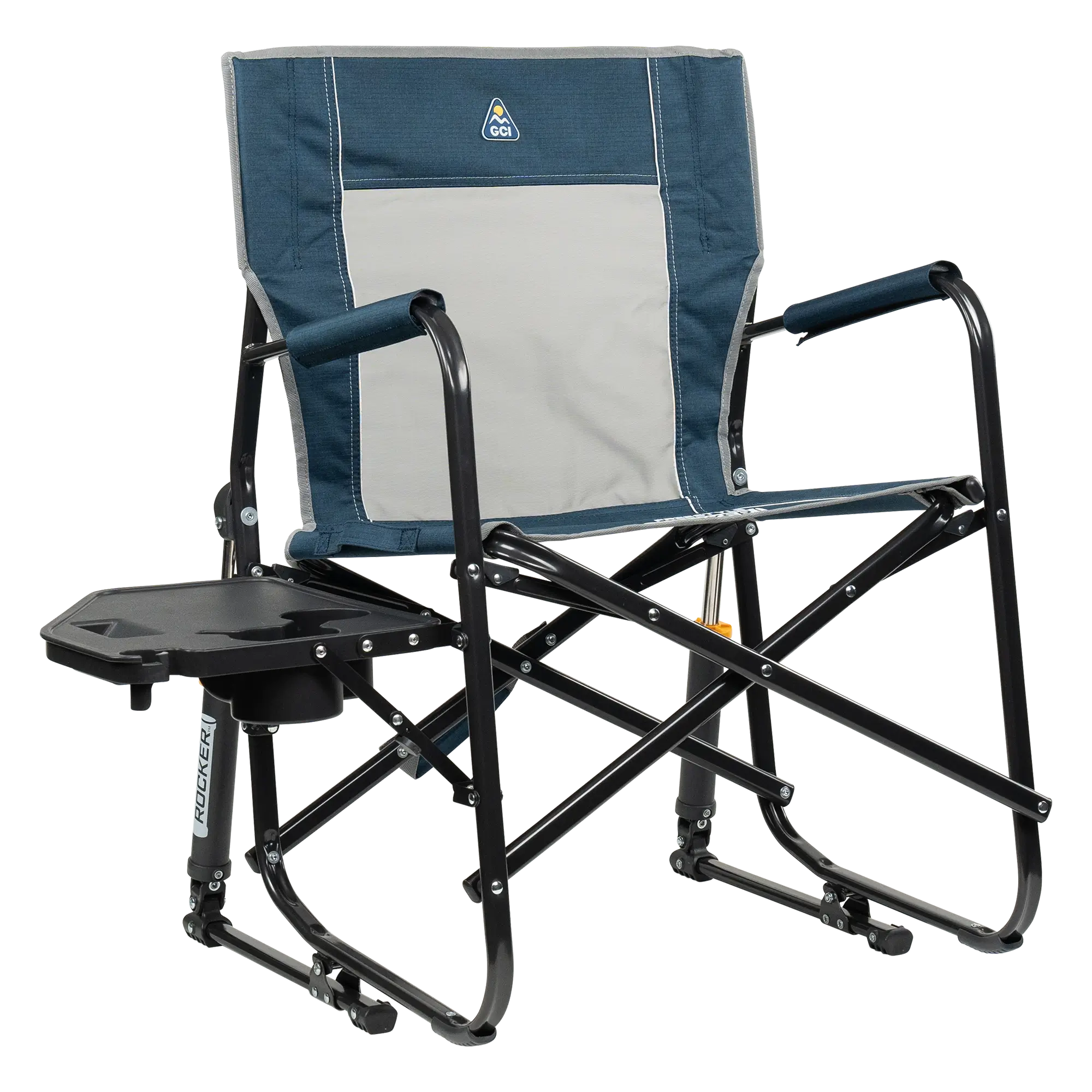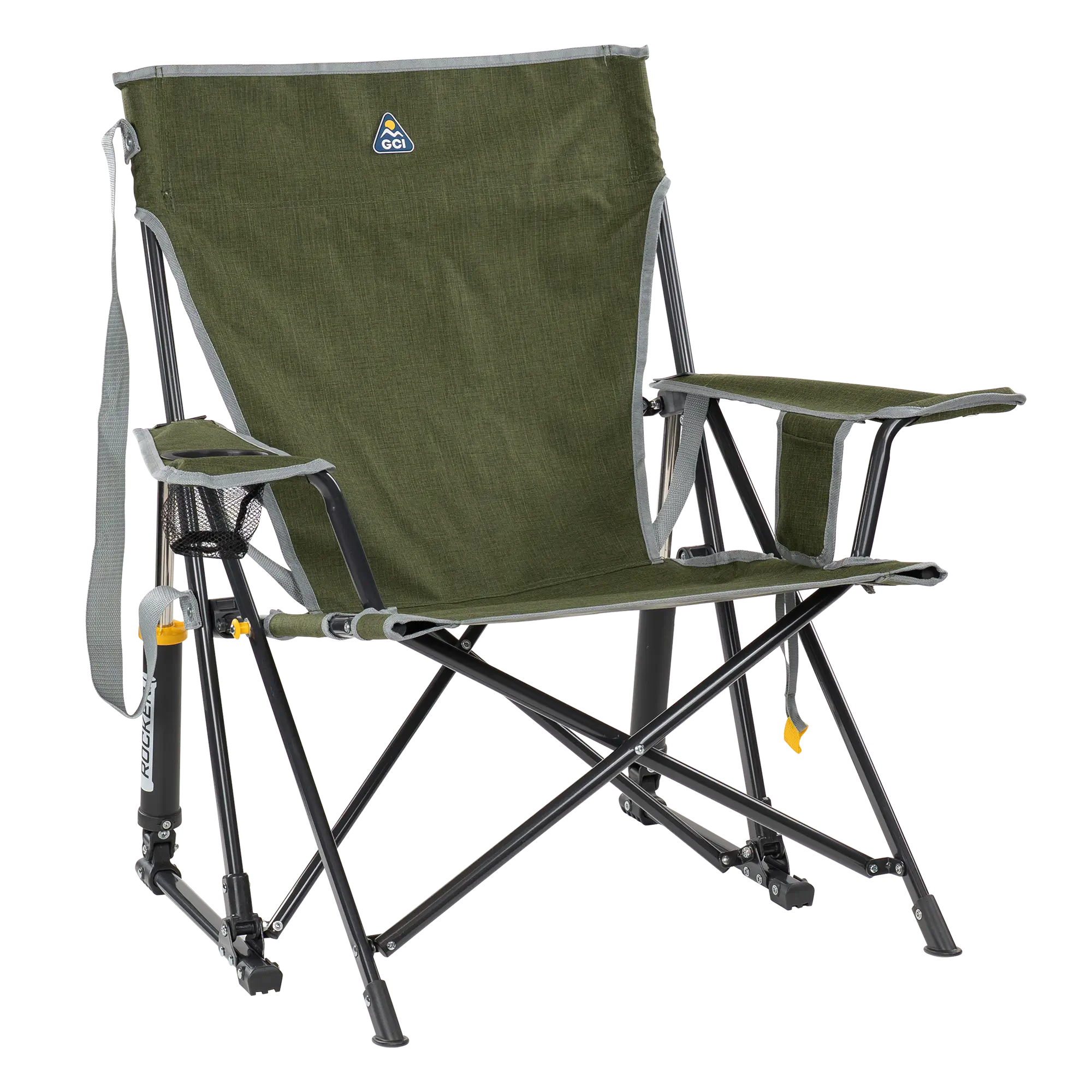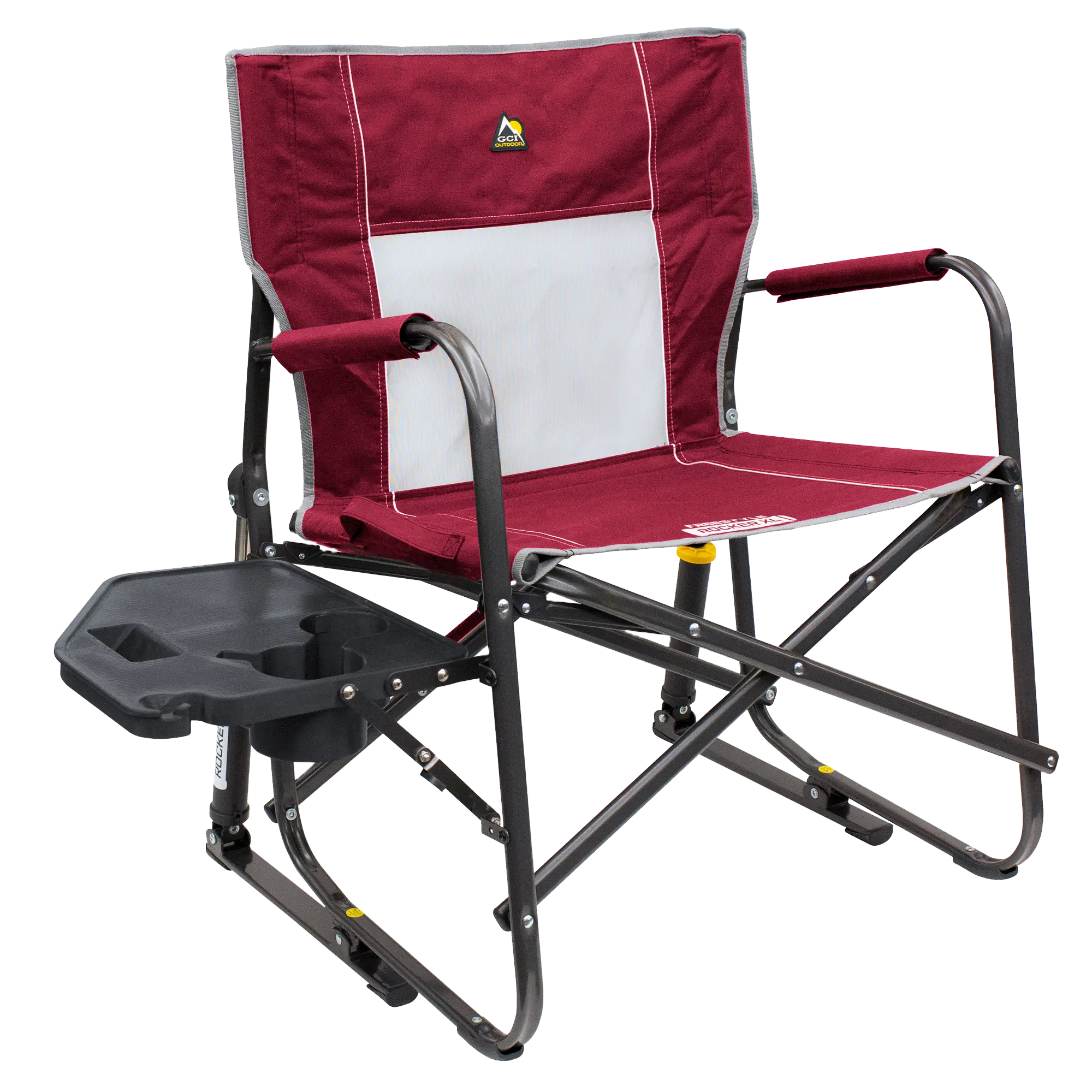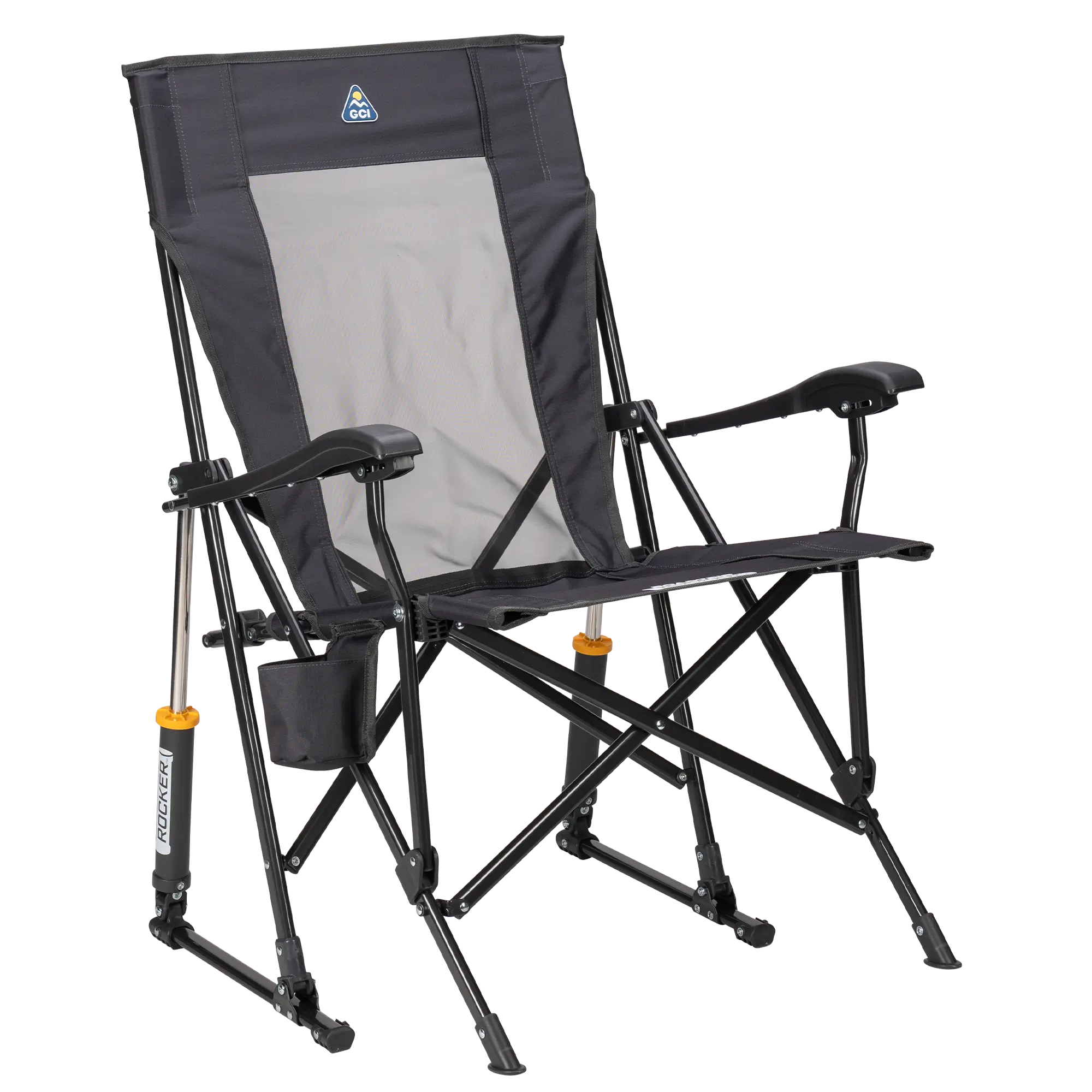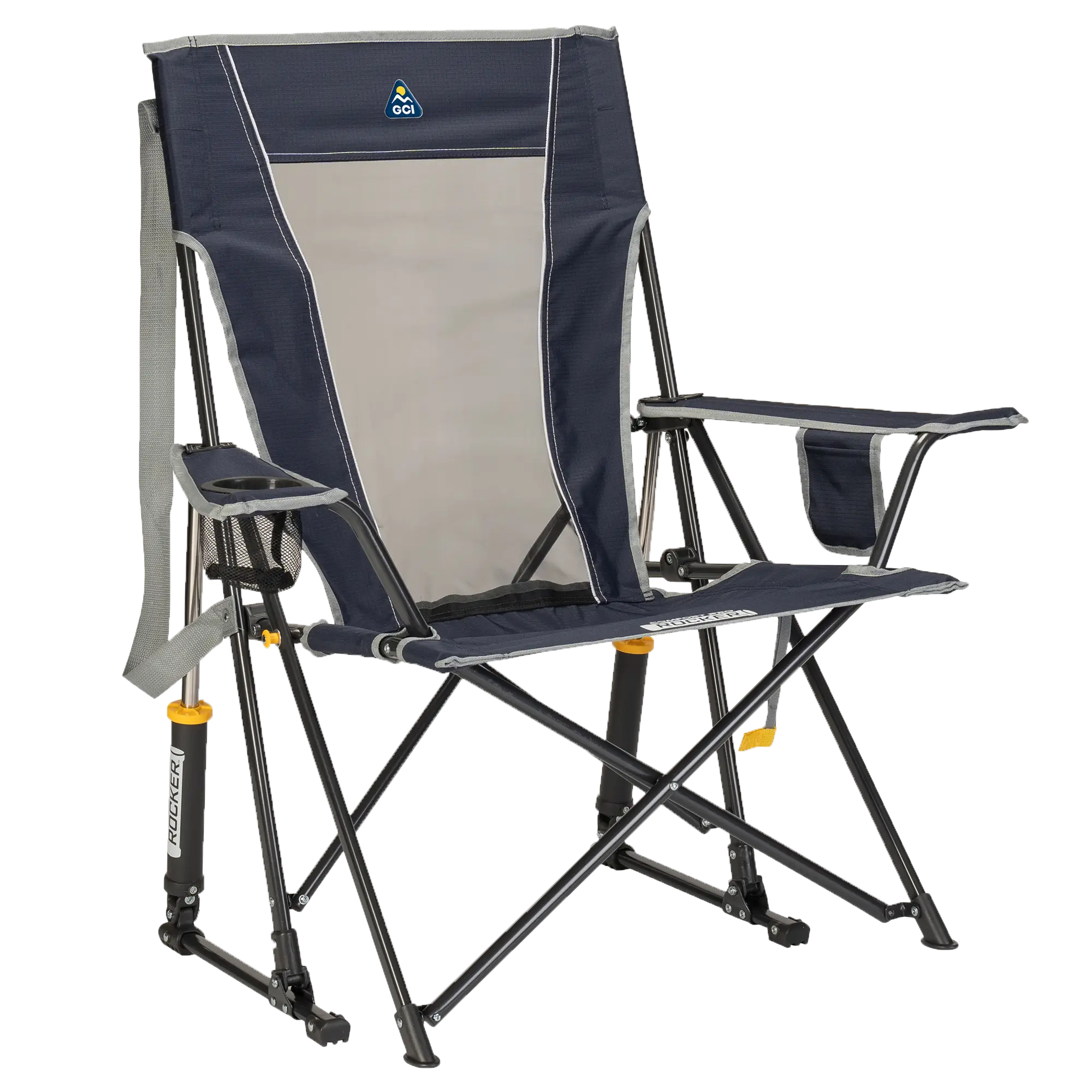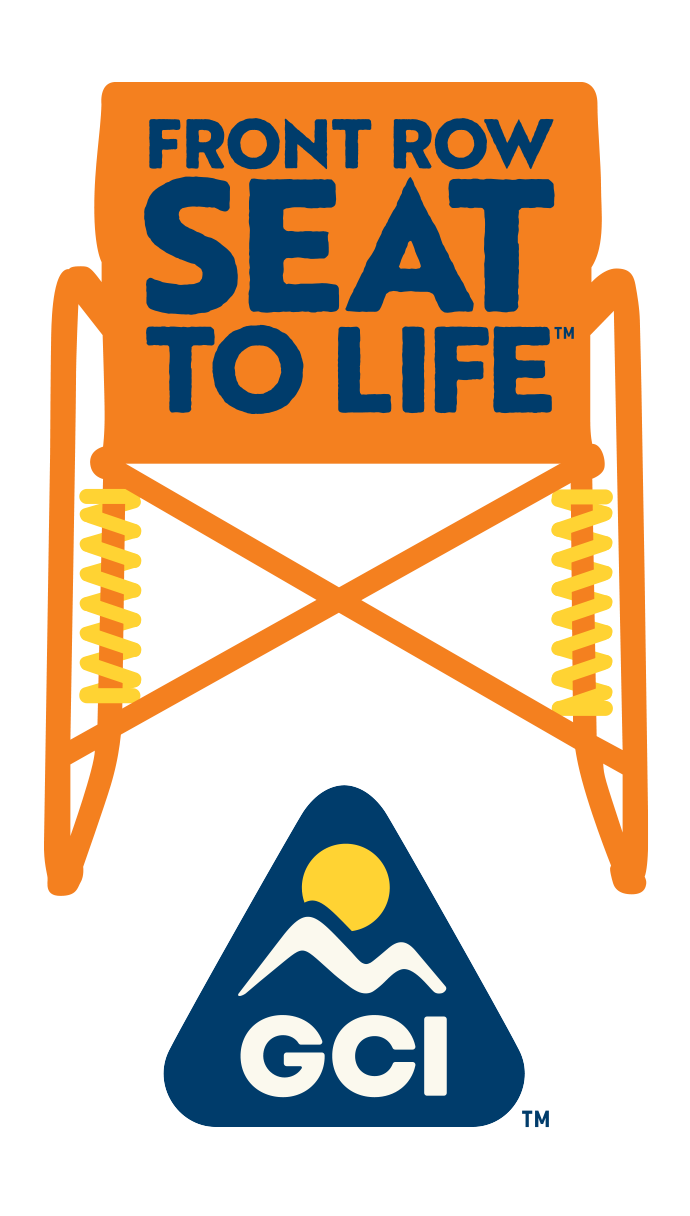In recent decades, the term overlanding has been gaining in popularity as the adventurous-minded look for ways to break away from the daily grind. So what IS overlanding? In a nutshell, it’s self-sufficient exploration through a remote location, traveling by vehicle. Overland journeys typically take at least a week, though some might last for months or even years. Rather than a road trip to a set destination, the purpose of these trips is to explore and to interact with other cultures, if possible.
If you’re looking to take car camping to the next level, overlanding may be for you! Read on to get inspired, and then start planning your trip!
Planning
Overland journeys require a great deal of in-depth planning, but you’ll need to be flexible to truly enjoy your trip. Do your research on the destination before you go, make a meticulous supply list, and try to expect the unexpected.

At the center of planning an overland adventure is your vehicle—where you can go, what you can bring, and how long you can travel all depend on it. Remote terrain can be rough, steep, and muddy, so your day-to-day vehicle won’t cut it for this type of trip. A rugged, four-wheel drive vehicle with strong tires is a must for keeping your travel options open. Trucks and SUVs are popular choices, but even motorcycles and vans can be outfitted for an overland adventure.
Whether you rent or invest in building out your own vehicle, testing out your vehicle’s limits and your ability to overcome obstacles is part of the appeal to overland enthusiasts.
Packing
One criterion for overlanding is outfitting your vehicle for complete self-sufficiency—so before you drive off into the sunset, there’s a lot of packing on the horizon.
Of course, comfortable chairs and sturdy camp tables are a must—they’ll allow you to savor your meal in the great outdoors and to enjoy the view at scenic overlooks. When space is at a premium, we’d go with the Stowaway Rocker—it folds up 35% smaller than our regular freestyle rockers, and the durable frame was built to last through all of your adventures to come.
Since you’ll be sleeping in your vehicle or under the stars, you’ll need to give a lot of thought to shelter as well—roof-mounted tents are a popular choice for overlanding trips. Choosing good-quality mattress pads, sleeping bags, and warm blankets can help make your sleeping space as cozy as possible.
Regardless of your destination and trip length, one of the most important considerations is having enough food and water for your entire trip. A general rule of thumb is to pack one gallon of water per person, per day, but you may need twice as much (or more) depending on the temperature and your activity level. Don’t forget basic cooking equipment, a camp stove, utensils, paper towels, and trash bags! Having a good camp kitchen can help you feel more organized at dinner time.
The rest of your packing list will ultimately depend on what the terrain and weather will be like, as well as what you’d like to experience along the way. Bring along fishing poles if your route (and your patience) allow for it, and pack a portable shower if you know this will help keep you comfortable. Long excursions in remote regions could also benefit from a portable generator and water filter.
Picking Your Destination
Finally, while a road trip might be mapped out across the country’s popular landmarks and tourist destination, one hallmark of overlanding is the exploration of a remote, under-documented region. Think that’s impossible in the U.S.? Think again! There are still plenty of dusty backroads and wild landscapes to explore. Outside’s list of North America’s Best Overlanding Routes is broken down by beginner, intermediate, and advanced levels. So whether you’re looking to get started with a weekend trip through undeveloped Southeast shoreline, spend a week in the desert via a historic unpaved road, or become truly immersed for weeks in the country’s mountains and forests, there’s an overlanding adventure waiting for you.





